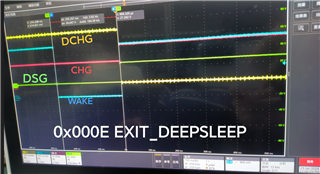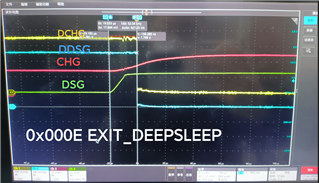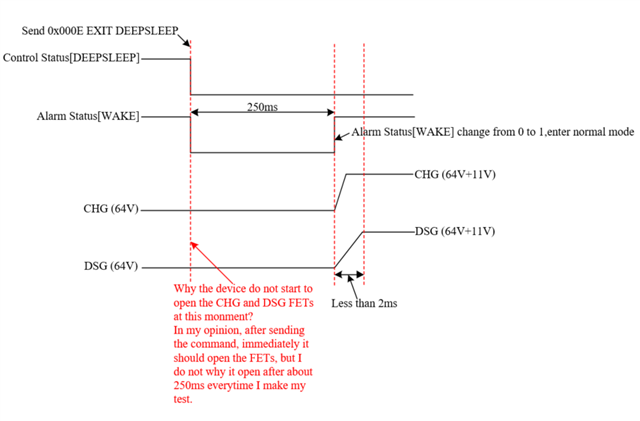Hi
I have a query need your help.
When the device exits DEEPSLEEP mode, it first completes a full measurement loop and evaluates conditions relative to enabled protections, to ensure that conditions are acceptable to proceed to NORMAL mode.
What conditions relative to enabled protections are evaluated?
Thanks
Star




